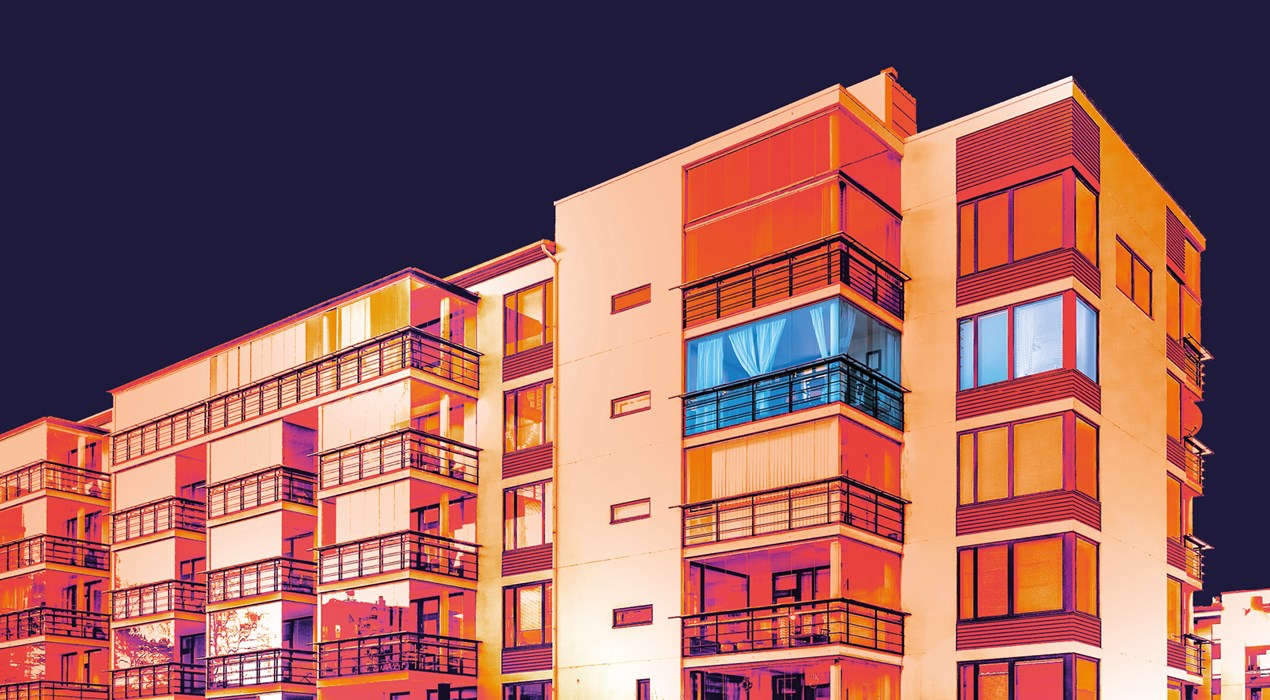
Overheating in residential buildings: What options do I have?
September 2022
By Andrew Nash, Residential Business Development Manager, September 2022
Overheating continues to be a major problem in residential buildings. CIBSE has advised that if the issue is not addressed, 4500 premature deaths per year are expected by 2050.
Approved Document Part O provides guidance to building designers on mitigating overheating in residential buildings and reducing these effects. But an emphasis on cross-flow ventilation and solar shading to mitigate overheating creates challenges in new residential building design.
What is Overheating?
CIBSE’s fixed temperature test defines overheating as: ‘when the internal temperature threshold of 26°C is surpassed for over 3% of the time.’ Exceeding this temperature threshold for extended periods can affect occupant thermal comfort, health and wellbeing, and productivity. It has been proven that surpassing temperatures of 35°C increases the chances of heat stress, which can have severe side effects; and, in some cases, can lead to death.
Climate change has led to increasing summer temperatures. Building design and location is also to blame for overheating in modern buildings. Whilst openable windows providing passive ventilation may be the preferred overheating mitigation strategy, environmental factors mean that this is often not an option.
Outside noise which may disturb sleep, air pollution, and security risks on lower floors are just some of the factors that have resulted in many modern properties being designed without sufficient openable windows. When paired with high levels of airtightness and insulation to improve energy-efficiency, and light weight construction this results in buildings where internal temperatures rise rapidly as soon as external temperatures increase.

Overheating Mitigation
If controlling excess heat through passive ventilation is not an option for many buildings, what is the solution to combatting summer overheating in dwellings?
Nuaire’s solution is our MRXBOX Hybrid Cooling System. An all-in-one MVHR and cooling system providing high-efficiency heat recovery in winter months and summer cooling to mitigate overheating.
As defined in Part O of the building regulations: ‘mechanical cooling may only be used where insufficient heat is capable of being removed from the indoor environment without it’, but this is often the only option for many buildings around the UK.
The continuing problem of overheating is well known throughout the industry, but MRXBOX Hybrid Cooling provides a simple solution.
